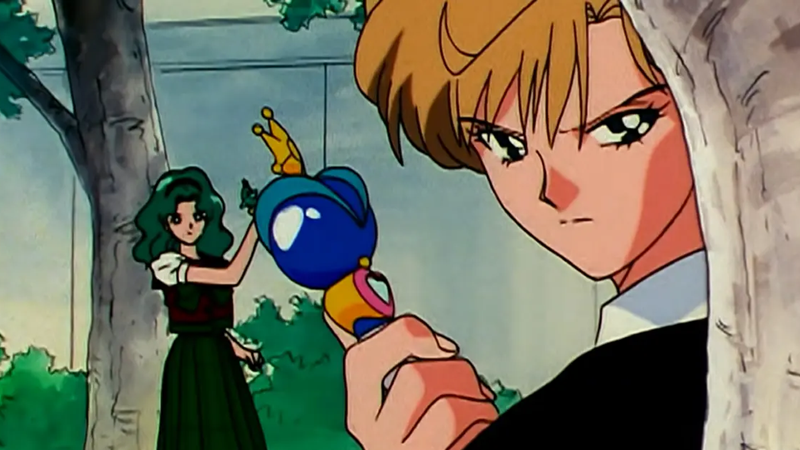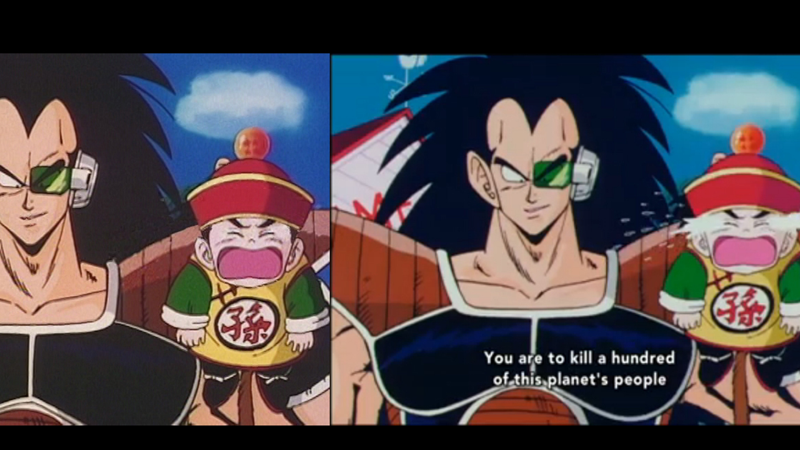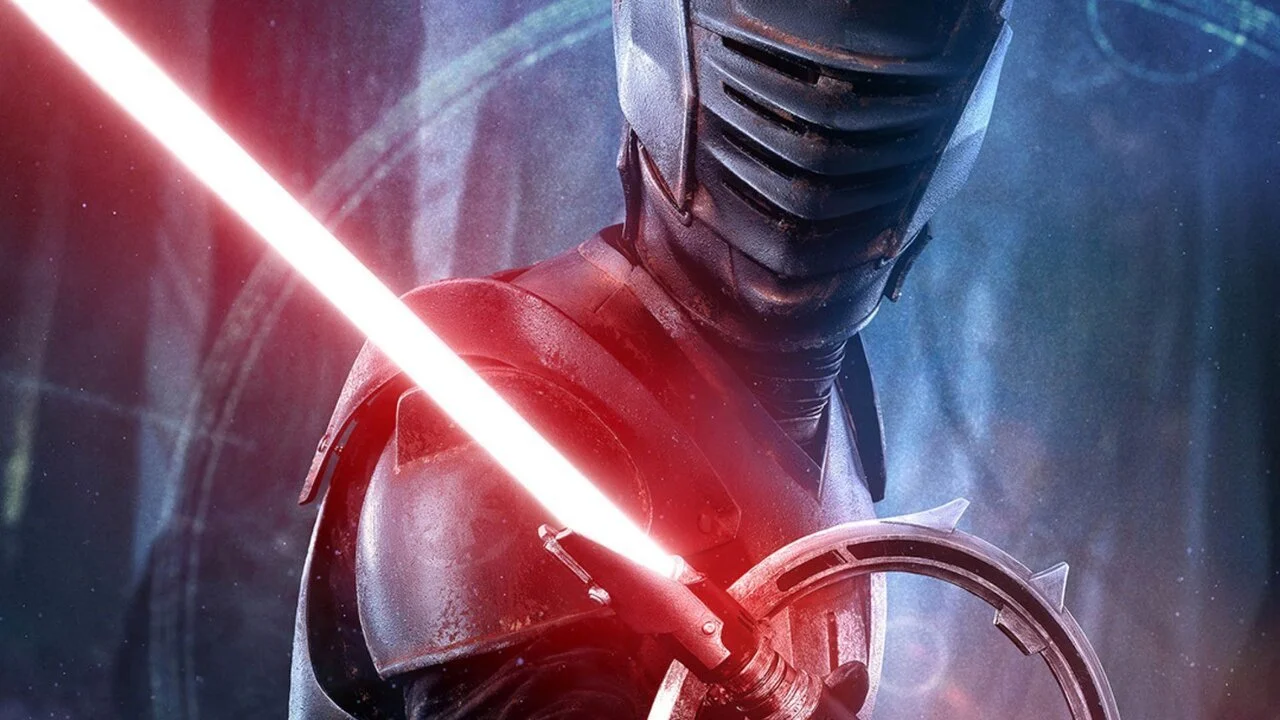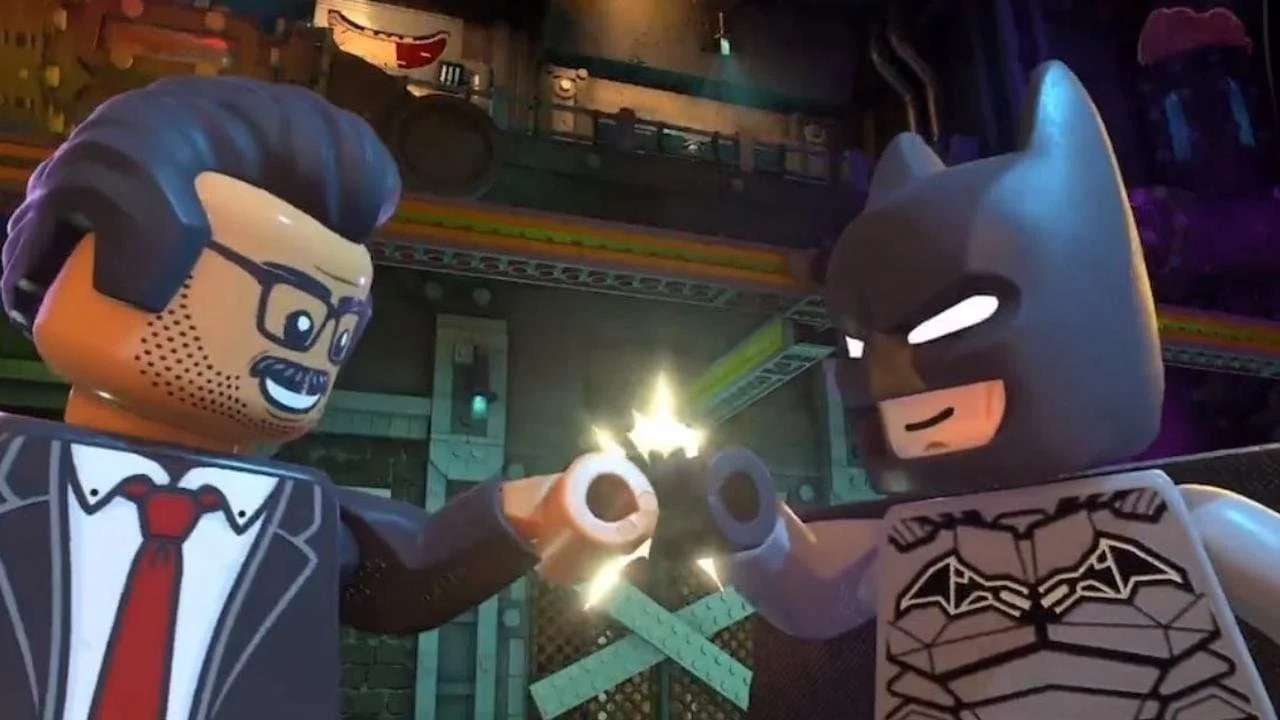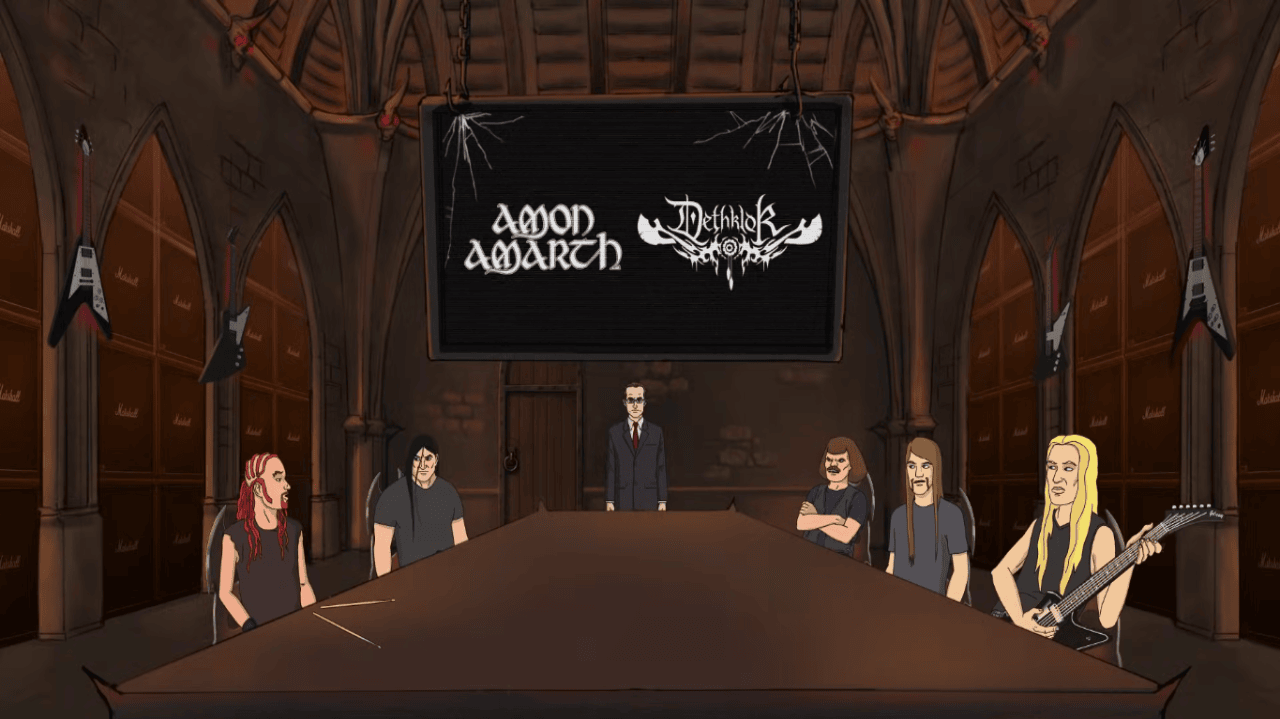The History Of Censorship In Anime Dubs
Image Source: YouTube
Anime has been gracing American shores since the 1960s when Osamu Tezuka’s Tetsuwan Atom was brought over as Astro Boy. Arguably, though, it took anime on Toonami such as Dragon Ball Z and Sailor Moon, and anime on Kids’ WB like Pokémon and Yu-Gi-Oh to really rocket it to the phenomenon it is today.
However, while most anime nowadays is presented as close to the Japanese original as possible when dubbed into English (with some forgoing an English dub entirely in favor of showing the Japanese original with subtitles), it was not always like this. When anime was first brought over to the States, it was heavily Americanized and censored in some of the weirdest ways. Let’s take a walk down memory lane as we look back at some of the ways anime was edited to be “suitable for American audiences.”
RELATED:
Image Source: IGN
Name Changes: From Atom To Astro And Satoshi To Ash
Names were often changed in a lot of early anime dubs. This started with the 1963 anime Tetsuwan Atom, which is an adaptation of Osamu Tezuka’s manga of the same time. The name was changed from Testuwan Atom (or in English “Mighty Atom”) to Astro Boy, the titular character changed from Atom to Astro Boy, the creator of Atom Dr. Tenma to Dr. Boyton, Dr. Tenma’s son Tobio to Astor Boyton, and so on. Pretty much every name was changed, and this was par for the course for almost every anime brought to the West. Mach Go Go Go became Speed Racer with various character name changes.
Most famously, Pokémon features Satoshi being changed to Ash Ketchum, a name that has stuck to this day. In fact, with some big anime properties, some name changes from this era have remained, even in dubs of anime that have tried to stay closer to the Japanese for the most part. The Dragon Ball franchise still has holdovers from its time as an edited kids’ dub affair (Master Roshi instead of the original Japanese name Kame Sen’nin, the American pronunciation of Saiyan still being closer to the word “say” rather than eye as it is in Japanese, Korin instead of Karin, Special Beam Cannon instead Makankosappo, etc.), though thankfully, they did not keep Zero as Son Goku’s name from the Harmony Gold Dub.
The Yu-Gi-Oh franchise still uses the English names of characters such as Joey Wheeler instead of Katsuya Jonounchi, Tristan Taylor instead of Hirito Honda, and Tea Gardner instead of Anzu Mazaki. Even in the short-lived “uncut” dub in the mid-2000s, these names were still kept partially, such as Katsuya Jonouchi becoming Katsuya Joey. Some anime that were dubbed in the era of mostly edited dubs have opted to change the names back to their original Japanese names, such as the redub of Sailor Moon by Viz, but most properties from this period either keep the names the same or have a weird compromise.
Image Source: Distractify
Story And Dialog Edits
Some things are often lost in translation when bringing an anime to the West. Bringing back the 1963 Astro Boy, though the story seems to be rather close to the Japanese original, the episodes were dubbed out of order, and an episode where a dog was operated on was cut, much to Tezuka’s dismay, who found it hypocritical given the act of trophy hunting. Some shows were completely changed from the original, such as Science Ninja Team Gatchaman being turned into Battle of the Planets, where the environmentalism-themed show was changed into a more space-themed show (ala Seijuu Sentai Gingaman to Power Rangers Lost Galaxy) including new original animation to replace elements that were either cut due to their violent nature or simply to reframe the original Japanese animation. Robotech is a famous example, taking Super Dimension Fortress Macross, Super Dimension Cavalry Southern Cross, and Genesis Climber MOSPEADA and turning them into one show.
More common in anime dubs even to this day are dialog changes that are meant to make scenes more suitable for children. Though less common in anime today (save for the likes of Pokémon and Yu-Gi-Oh), they were especially rampant in the anime boom of the '90s and 2000s. In the early dub of Dragon Ball Z, death was not mentioned by either saying dead characters were sent to “the next dimension” or “another dimension,” adding lines that implied buildings were empty or that only the cargo robot was shot down, and groans being added to otherwise lifeless bodies. Another famous example of this is found in the dub of Yu-Gi-Oh, where characters are sent to the “shadow realm” instead of dying after intense shadow game-fueled duels.
Sexual content and content referring to the LBGTQ+ community were also taboo in plenty of anime dubs. Famous examples exist in Dragon Ball, where the shape-shifting pig Oolong is said to have been kicked from school for stealing the teacher’s papers instead of panties, Goku's oblivious nature around women is cut or toned down, and the sexuality of General Blue is covered up (his implied pedophilia toward Obotchaman was also covered up by saying the child reminded him of his long lost brother, Samuel). A famous example of LBGTQ+ representation being covered up is found in the DiC Entertainment dub of Sailor Moon. In the Japanese original, Sailor Scouts Sailor Uranus and Sailor Neptune were in a romantic relationship, but in the original dub by DiC, they were changed to being cousins.
Story changes in general were also common even in dubs that arguably stayed close to the original. For example, in Pokémon, Brock's mother Lola is said to have died instead of simply walking out after Flint, Brock's father, left to become a Pokémon trainer. In Dragon Ball Z's original English dub, Goku's father was turned into a “brilliant scientist” who created the technique responsible for allowing Vegeta to create a fake moon on Earth. Other examples of Story details being changed in the dub of the anime include implying Vegeta killed Grandpa Gohan, Goku's son Gohan’s age being changed from four to five and a half upon his first appearance, implying Goku died on Namek and was resurrected with the Dragon Balls despite this not being the case, and Androids 17 and 18 being based on their human counterparts rather than them being humans and kidnapped by Dr. Gero so he could turn them into cyborgs. These errors were corrected in later dubs in the Dragon Ball franchise, and thankfully, most modern dubs of anime do not contain such errors.
Image Source: Screen Rant
Paint Edits: From Covering Up Blood To Food
Paint edits were a staple of 90s and 2000s anime dubs. Often, this was done to cover up objectionable content such as blood and nudity, but sometimes, paint edits were used in more creative ways. For example, in the original English dub of Dragon Ball Z, the word “hell” on the shirts or Goz and Mez was changed to HFIL, which stands for Home For Infinite Losers. Other examples in the Dragon Ball franchise include panties being changed to dollar bills when Bulma fishes for Oolong, a smile being painted onto Gohan's face to cover up Turles forcing his eyes open in Dragon Ball Z: The Tree of Might, Mr. Popo changing from black to blue in the CW4kids version of Dragon Ball Z Kai in addition to halos being changed into orbs, and tears being edited out when Gohan is crying.
4kids dubs were famous for their paint edits. Several of these were done to cover up the presence of Japanese food. A famous example includes a giant rice ball being changed into a giant sandwich in Pokémon. Other examples include rice balls being turned into crackers and chopsticks being turned into forks and spoons. One Piece received a huge amount of paint edits in its dub by 4kids. These include guns being changed into super soakers or weird hammer-like weapons. Text was also often removed from buildings, as was the case in anime such as Sonic X, Yu-Gi-Oh, and other 4kids properties, reportedly to make their versions easier to export. A whole article could be made detailing the history of 4kids alone. While paint edits are mostly a thing of the past, they still occasionally occur in certain anime that are broadcast for children.
Image Source: BW Media Spotlight
Anime has had a storied history when it comes to its localization and dubbing in the West. For the most part, these practices are a thing of the past thanks to a more concerted effort to be closer to the source material. However, these changes still rear their ugly heads from time to time, particularly from legacy properties. Still, these are a part of anime history, and it’s fascinating to look back and see how anime meant for kids in Japan was changed to be suitable for kids in America.
READ NEXT:
Sources: David Charles Fox, CBLDF, Dragon Ball Wiki, [1], [2], Bulbapedia




